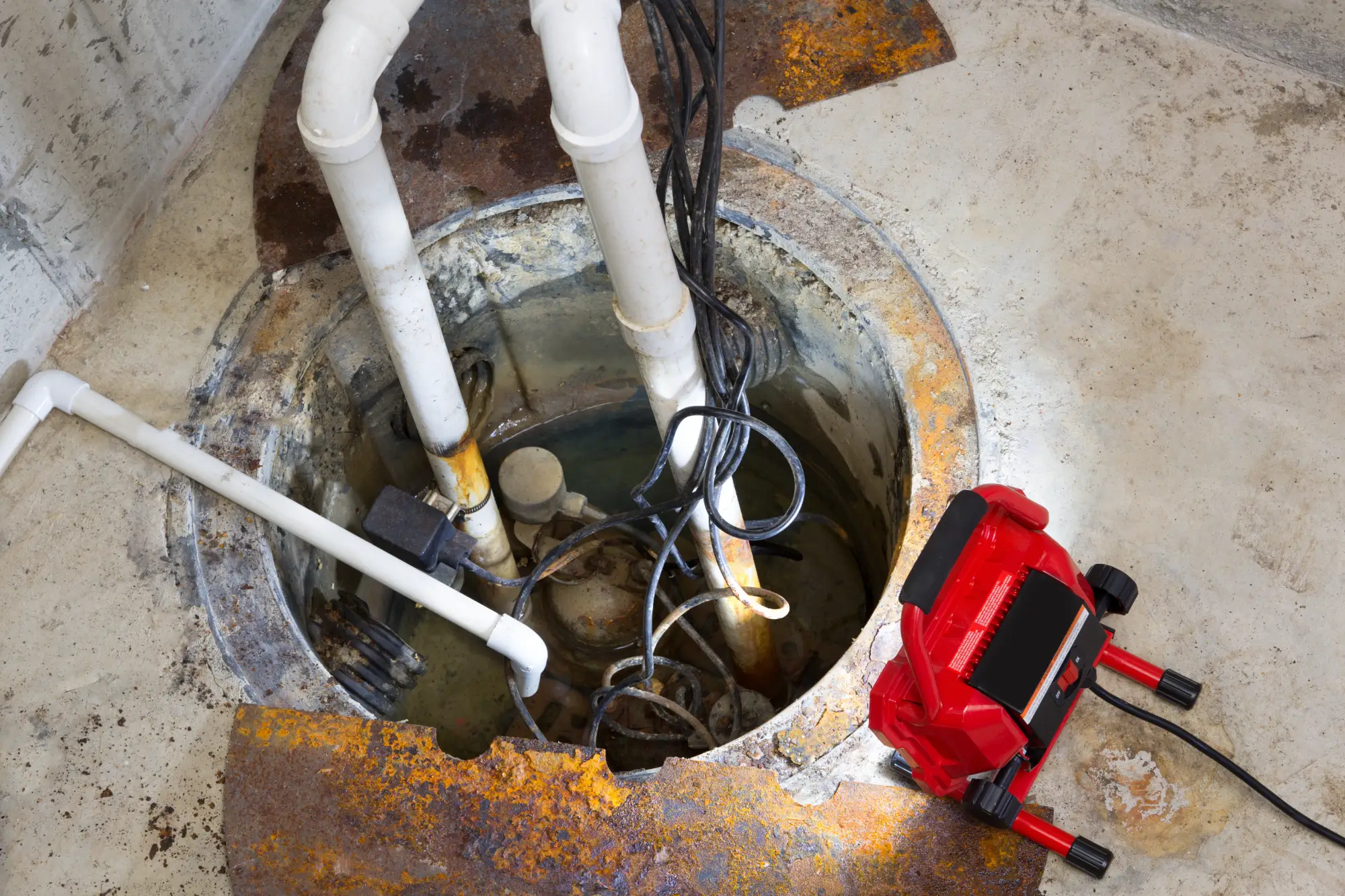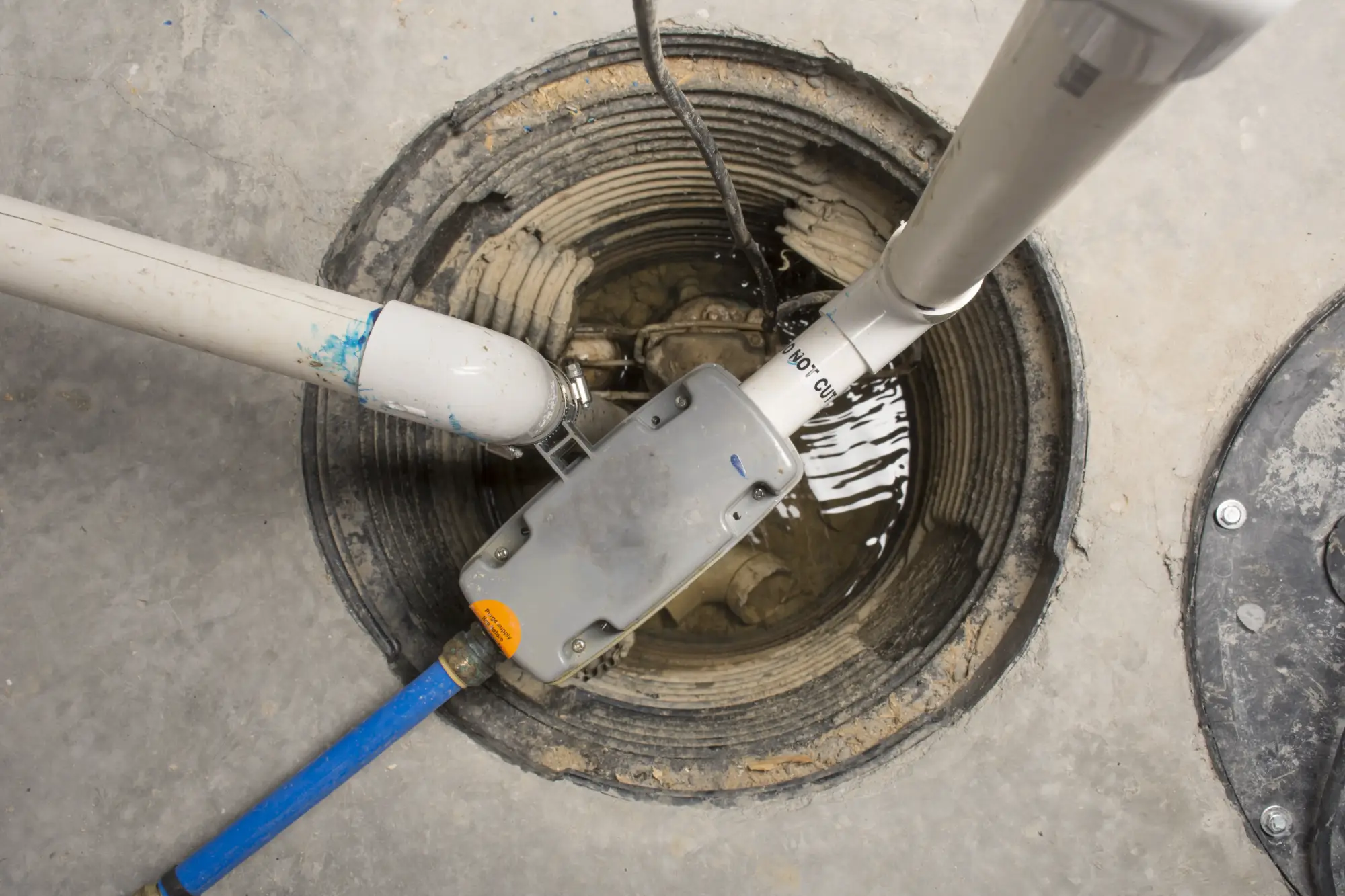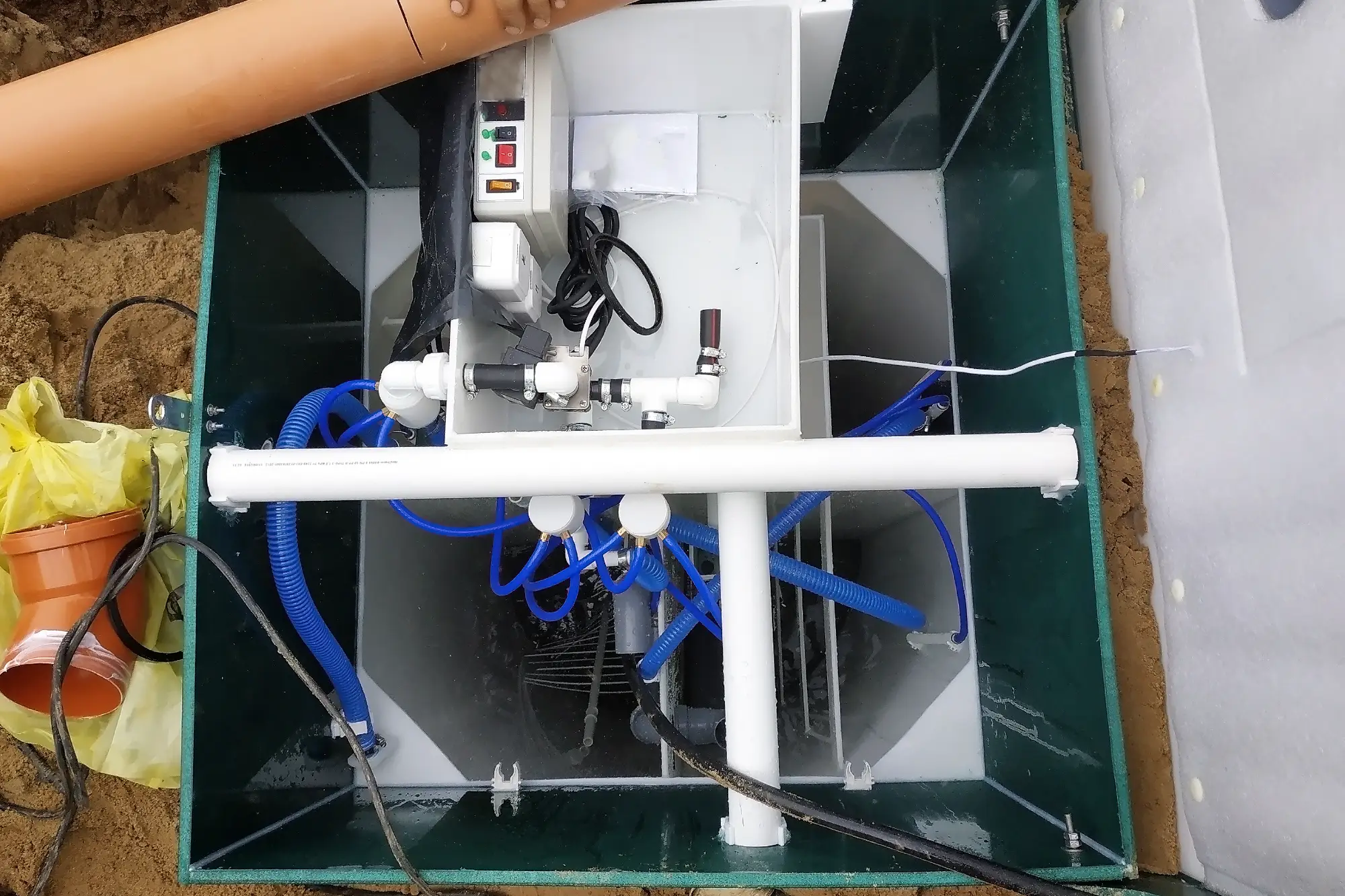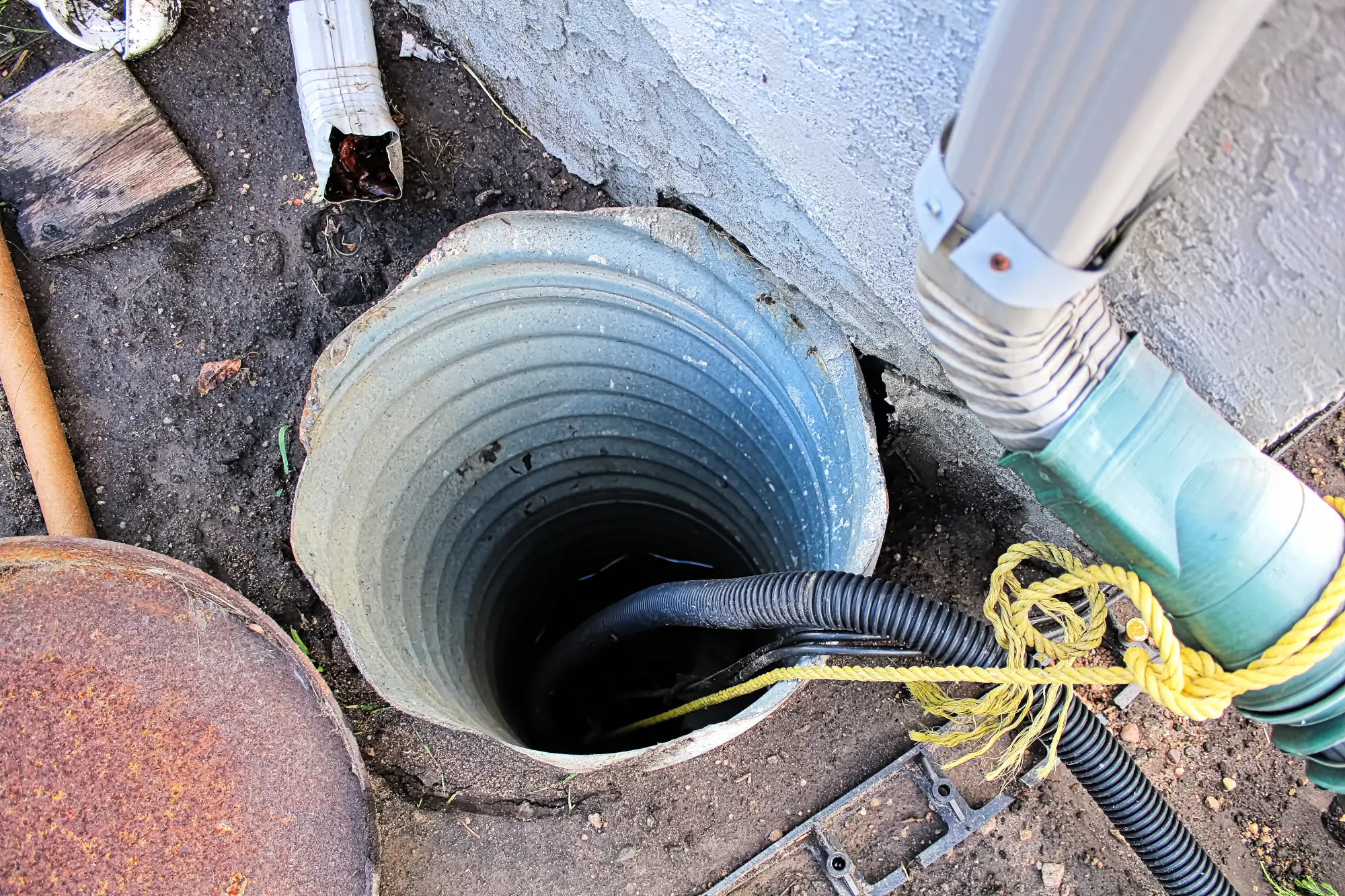Sump Pump Installation in Massapequa, NY
Stop Worrying About Basement Floods
Professional sump pump installation that keeps your basement dry when Long Island storms hit hardest.

Hear About Us

Basement Protection Massapequa NY
You’ll sleep through the next storm instead of checking your basement every hour. No more moving everything off the floor when heavy rain starts. No more that sinking feeling when you hear water where it shouldn’t be.
A properly installed basement sump pump system handles what Long Island weather throws at it. Your belongings stay safe, your home value stays protected, and you get back to using your basement the way you want to.
The difference between a flooded basement and a dry one often comes down to having the right sump pump installation before you need it. When your neighbors are dealing with water damage, you’ll be glad you handled this ahead of time.
Massapequa Sump Pump Installers
Diamond Masonry & Waterproofing LLC has been handling basement water problems across Nassau County for years. We understand how Massapequa’s soil conditions and water table affect your home’s drainage needs.
Every sump pump installation we complete gets the permits, follows local codes, and uses equipment that actually lasts. We’re not the guys who disappear after the job – we’re local, licensed, and we’ll be here when you need service.
You’re dealing with your biggest investment. We treat it that way.

Sump Pump Installation Process
First, we assess your basement’s specific drainage patterns and determine the best location for your sump pit. Every basement is different, and cookie-cutter approaches lead to problems later.
Next, we excavate the sump pit to the proper depth and install the basin with appropriate gravel bedding. The pump goes in with a backup system if your situation calls for it – and in Massapequa, it usually does.
We connect everything to your electrical system with GFCI protection and run discharge lines away from your foundation. Before we leave, we test the entire system and show you how it works. You’ll know exactly what’s protecting your basement and how to maintain it.

Ready to get started?
Explore More Services
About Diamond Masonry & Waterproofing
Get a Free Consultation
Custom Sump Pump Solutions
Every basement sump pump installation includes the pump, basin, check valve, and proper discharge piping. We use high-quality sump pumps rated for Long Island’s conditions – not the cheapest option that’ll fail when you need it most.
You get backup power options for storm-related outages, because that’s usually when your sump pump needs to work hardest. We also install alarm systems that alert you if water levels get too high.
The installation comes with permits handled, code compliance guaranteed, and a system designed for your specific basement layout. No shortcuts, no surprises, no problems three months later when the next big storm hits.

How long does sump pump installation take in Massapequa?
What size sump pump do I need for my basement?
Do I need a battery backup sump pump system?
How often should sump pumps be replaced or serviced?
What's the difference between pedestal and submersible sump pumps?
How much does professional sump pump installation cost in Massapequa?
Local Resources
- Google Map Link
- Find the Massapequa, NY USPS
- Locate Nearby Massapequa, NY Pharmacies
- View the Current Weather in Massapequa, NY
- Massapequa, NY is located in Nassau county in New York State